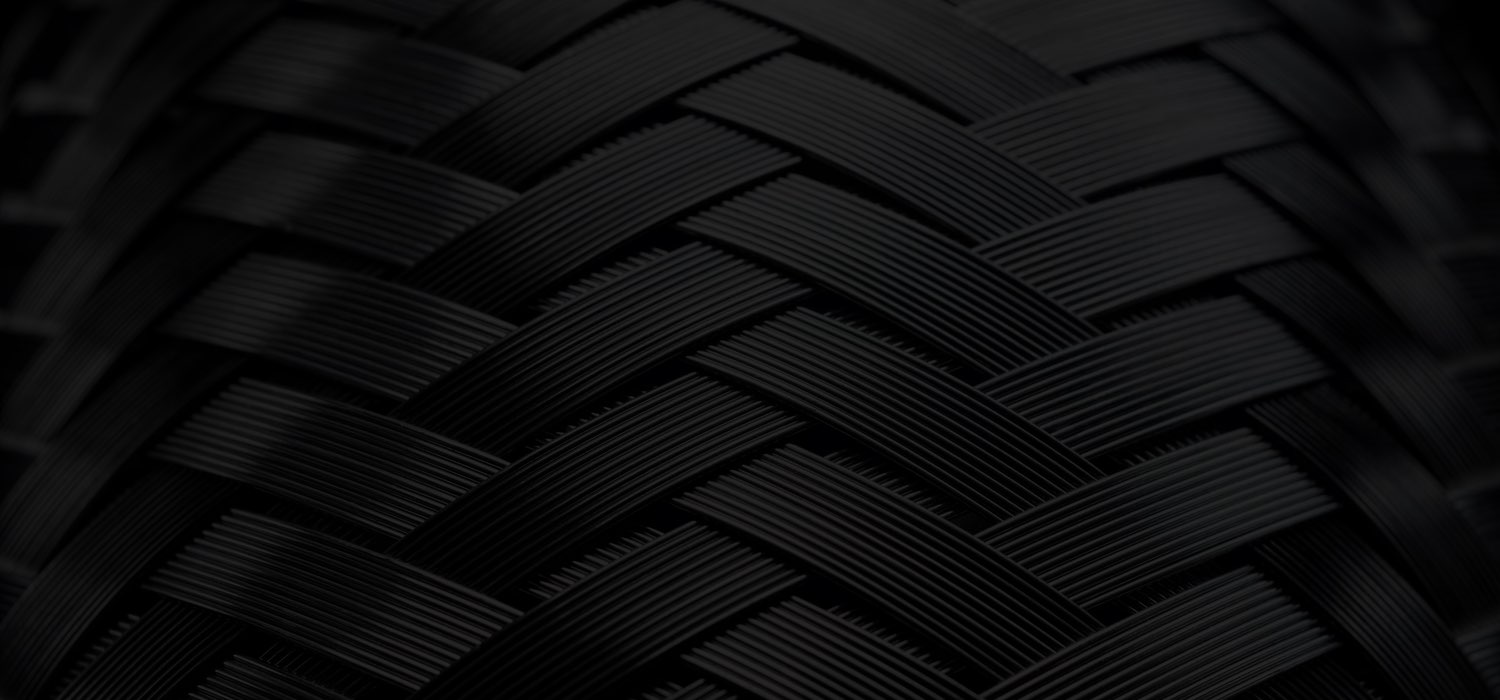Select a letter to jump forwards
Terms beginning with A Return to top
Abrasion
External damage to a hose assembly caused by its being scuffed on a foreign object.
Ambient or Atmospheric Conditions
The surrounding conditions, such as temperature, pressure and corrosion, to which a hose assembly is exposed.
Annular
Refers to the convolutions on a hose that are a series of complete circles or rings located at right angle to the longitudinal axis of the hose.
Application
The service conditions that determine how a metal hose assembly will be used.
Axial Movement
Compression or elongation of the hose along its longitudinal axis.
Terms beginning with B Return to top
Bend Radius
The radius of a bend measured to the hose centreline.
Braid
A flexible wire sheath surrounding a metal hose that prevents the hose from elongation due to internal pressure. Braid is composed of a number of wires wrapped helically around the hose while at the same time going under and over each other in a basket weave fashion.
Burst Pressure
Pressure at which hose can be expected to fail.
Terms beginning with C Return to top
Close Pitch
More corrugations per foot, which creates a longer fatigue life and smaller bend radius.
Corrosion
The chemical or electro-chemical attack of a media upon a hose assembly.
Terms beginning with D Return to top
Dog-Leg Assembly
Two hose assemblies joined by a common elbow.
Duplex Assembly
An assembly consisting of two hose assemblies – one inside the other – and connected at the ends.
Dye Penetrant Inspection (DPI):
This non-destructive testing technique, also known as liquid penetrant inspection (LPI), is a method used to locate surface breaking flaws such as cracks, porosity, laps, seams and other surface discontinuities. Dye penetrant inspection can be applied to both ferrous and non-ferrous materials and all non-porous materials.
Terms beginning with F Return to top
Fatigue
Failure of the metal structure associated with, or due to, the flexing of metal hose or bellows.
Fitting
A loose term applied to the nipple, flange, union, etc., attached to the end of a metal hose so that it can be connected to other components
Flow Rate
Pertains to a volume of media being conveyed in a given time period, e.g., cubic feet per hour, pounds per second, gallons per minute, etc.
Terms beginning with I Return to top
Interlocked Hose
Formed from strip and wound into flexible metal tubing without welding, brazing, or soldering.
Terms beginning with L Return to top
Live Length
The amount of active (exposed) hose in an assembly. Does not include the length of fittings and ferrules.
Loop Installation
The assembly is installed in a loop or “U” shape, and is most often used when frequent and/or large amounts of motion are involved.
Terms beginning with M Return to top
Medium (Singular) / Media (Plural)
The substance(s) being conveyed through a piping system.
Minimum Bend Radius
The smallest radius to which a hose can be bent without suffering permanent deformation of its convolutions.
Misalignment
A condition in which two points, intended to be connected, will not mate due to their being laterally out of line with each other.
Terms beginning with O Return to top
Offset – Lateral, Parallel
The amount that the ends of a hose assembly are displaced laterally in relation to each other as the result of connecting two misaligned terminations in a piping system, or intermittent flexure required in a hose application.
Operating Conditions
The pressure, temperature, motion, media, and environment that a hose assembly is subjected to.
Terms beginning with P Return to top
Pressure
Usually expressed in BAR or PSI and, depending on service conditions, may be applied internally or externally to a hose.
PSI
Pounds per square inch.
Pulsating Pressure
A rapid change in pressure above and below the normal base pressure, usually associated with reciprocating type pumps. This pulsating pressure can cause excessive wear between the braid and the tops of the hose corrugations.
Terms beginning with S Return to top
Safety Factor
The relationship of working pressure to burst pressure. Usually 4:1 in metallic hose.
Squirm
A form of failure in which the hose is deformed into an “S” or “U” bend as the result of excessive internal pressure being applied or unbraided corrugated hose which has been axially compressed, loosening the braid, while the hose is pressurised. This is particularly true with long lengths of braided hose subjected to manual or mechanical handling.
Static Pressure
A non-changing constant pressure.
Terms beginning with T Return to top
Tig Weld
The tungsten inert gas welding process sometimes referred to as GTAW or TAG
Torque (Torsion)
A force that produces, or tends to produce, rotation of or torsion through one end of a hose assembly while the other end is fixed.
Terms beginning with V Return to top
Velocity
The speed at which the medium flows through the hose, usually specified in feet per second.
Velocity Resonance
The sympathetic vibration of convolutions due to buffeting of high velocity gas or air flow.
Vibration
Low amplitude motion occurring at high frequency.
Terms beginning with W Return to top
Welding
The process of localised join of two or more metallic components by means of heating their surfaces to a state of fusion, or by fusion with the use of additional filler materials.
Working Pressure
The pressure, usually internal, imposed on a hose during operating conditions.
